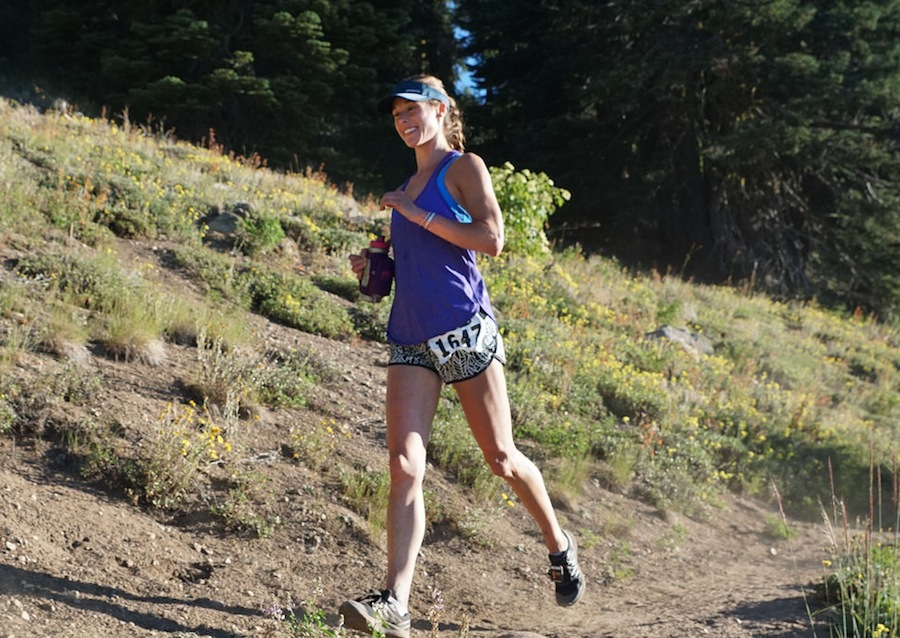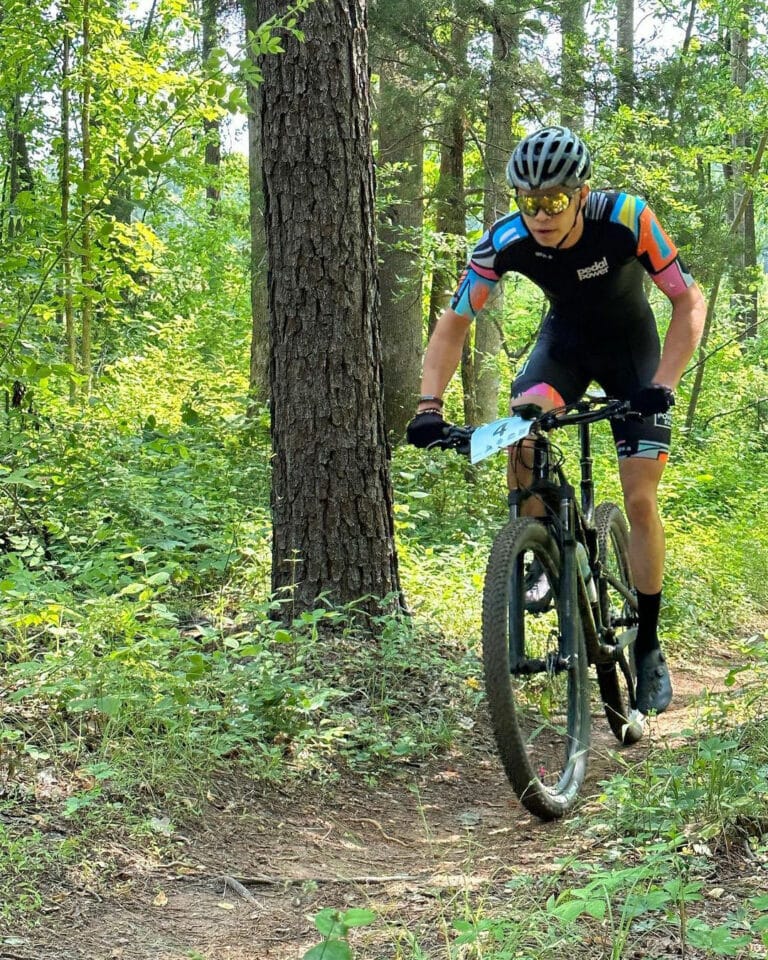Dear Mountain Mama,
I want to start trail running, but I’m hesitant. Swapping roads for trails seems like an invitation for a sprained ankle. Besides, I’m not sure if I have the technique required to run in the mountains.
What advice do you have for a beginner trail runner?
Thanks,
Pavement Plodder
Dear Pavement Plodder,
Trail running will change your life – I guarantee it. John Muir nailed my experience running in the woods. “The clearest way into the Universe is through a forest wilderness.” Perhaps you’re not seeking a life-changing-universe-glimpsing experience, but just looking to get away from the traffic. Or maybe you want to ditch the pavement to save your joints. As the Kenyans say, “hard roads kill fresh legs.” Trail running delivers on those fronts too. Below are the five tips I found most useful for rocking out my first few trail runs.
1. Plan Your Route. Chose an appropriate trail for your first run and pick the flattest trail you can find. Trail running typically involves more hills than you may be used to running and uneven surfaces work leg muscles and ankle joints harder than roads. Ease your body into it by reducing your distance and choosing a relatively flat surface.
To avoid getting lost, consider the number of cross-trail junctions. What may look straightforward while studying a map in the comfort of your living room will be less obvious once you’re out on the trail. Nothing puts more of a damper on a trail run that getting turned around in the woods for hours longer than you expected. Start by planning conservative, straight-forward routes.
For trail suggestions, ask at your local running store or experienced trail runners in your running club.
2. Wait to Buy New Shoes. Most runners trail run in regular shoes and find that their road shoes are suitable for the trail. Trail-specific shoes are designed to improve traction, which is great on particularly rocky or slippery routes, but chances are the surfaces you’ll start out running on will be much more forgiving and you’ll have no need to rush out and buy new shoes.
3. Start Slow. Trail running and road running should be considered completely different sports when thinking about pace. Comparing your mile splits when you’re on the track to your trail pace is like apples to oranges. Leave your GPS watch at home and don’t be afraid to walk – many trail runners walk steep inclines. Recognize that trail running involves hazards like rocks, logs, holes, roots, and streams and going slower will help spot and maneuver around such obstacles.
4. Consider Your Stride. Gain stability by shortening your stride. You’ll encounter more obstacles on the trail, and keeping your center of balance underneath you will help you to remain nimble and maneuver around rocks and roots. Also, on the trail think about lifting your feet higher than you would on pavement to clear uneven terrain.
5. Get Dirty. There’s no surer way of twisting an ankle than a last minute shuffle to avoid a puddle. Instead of dodging mud, splatter through it. Getting dirty is part of the fun so embrace it!
Happy Trails,
Mountain Mama








